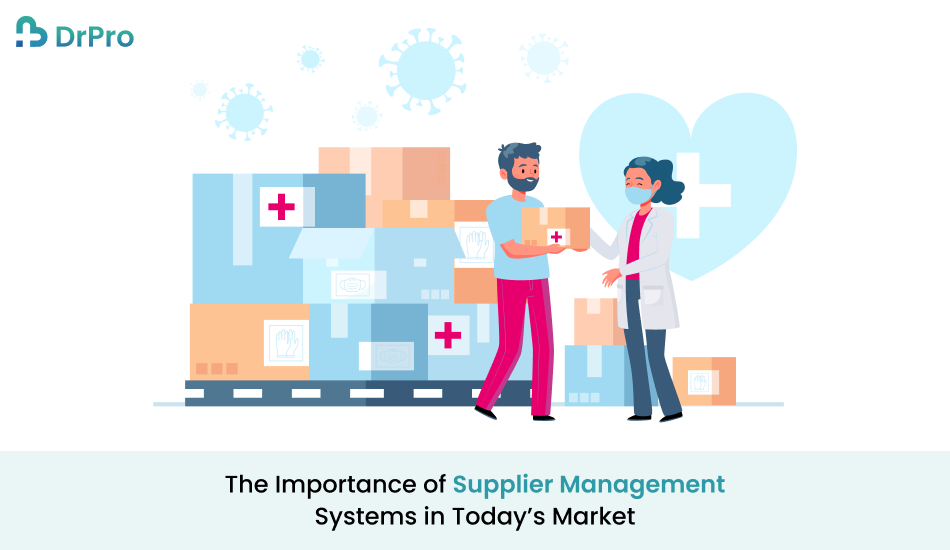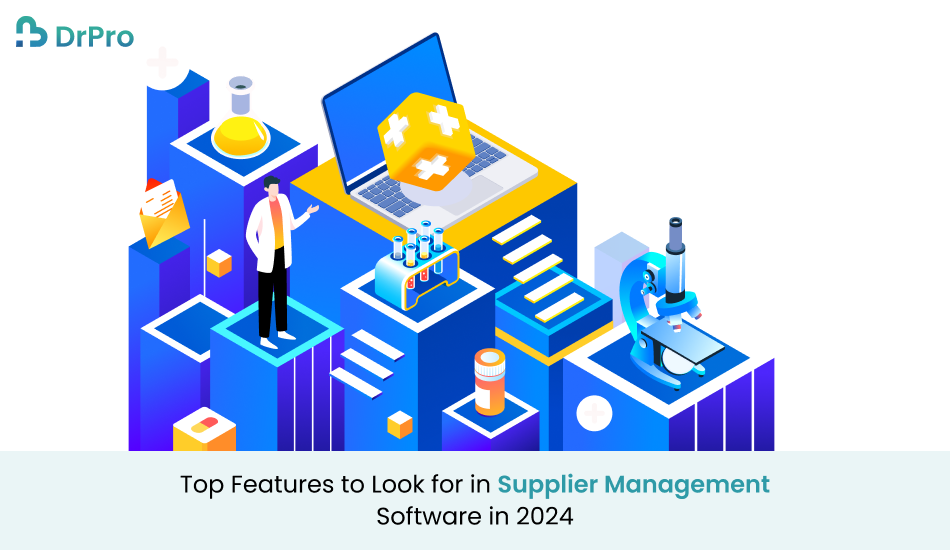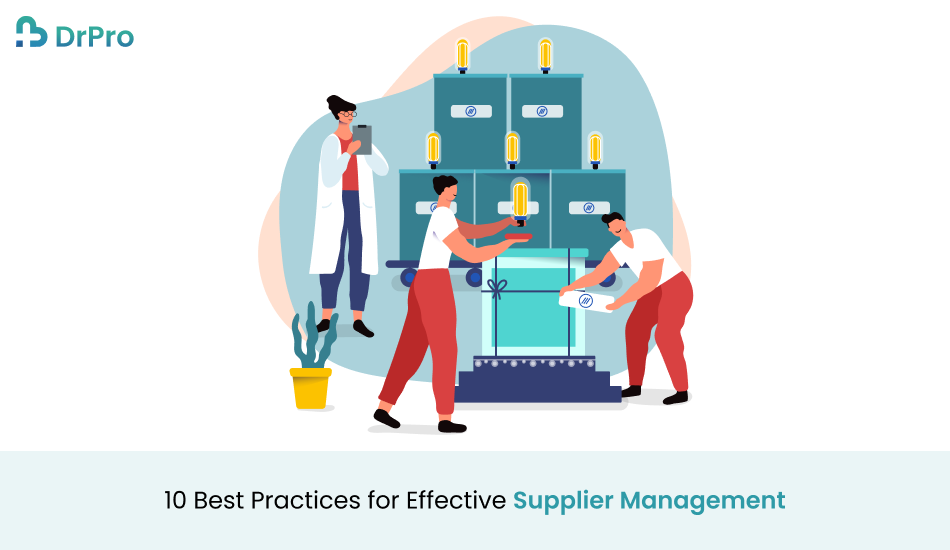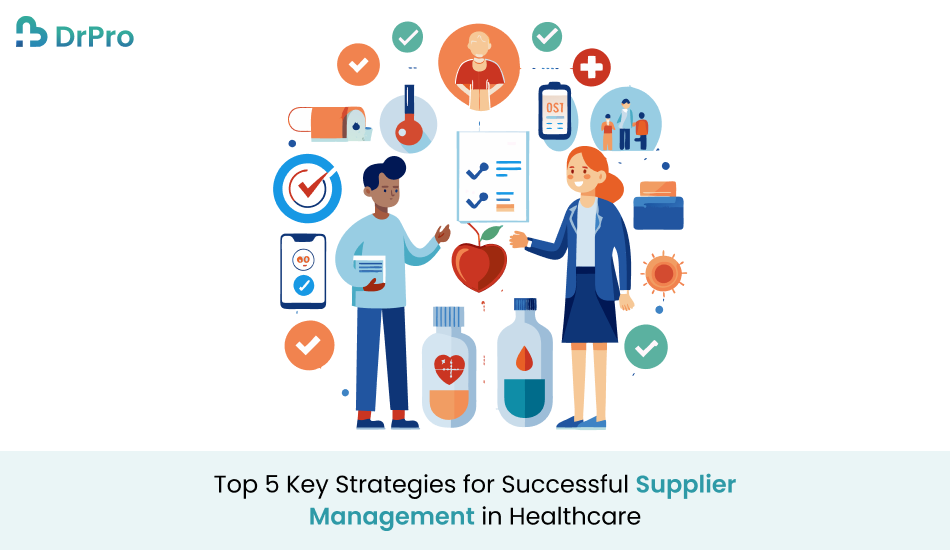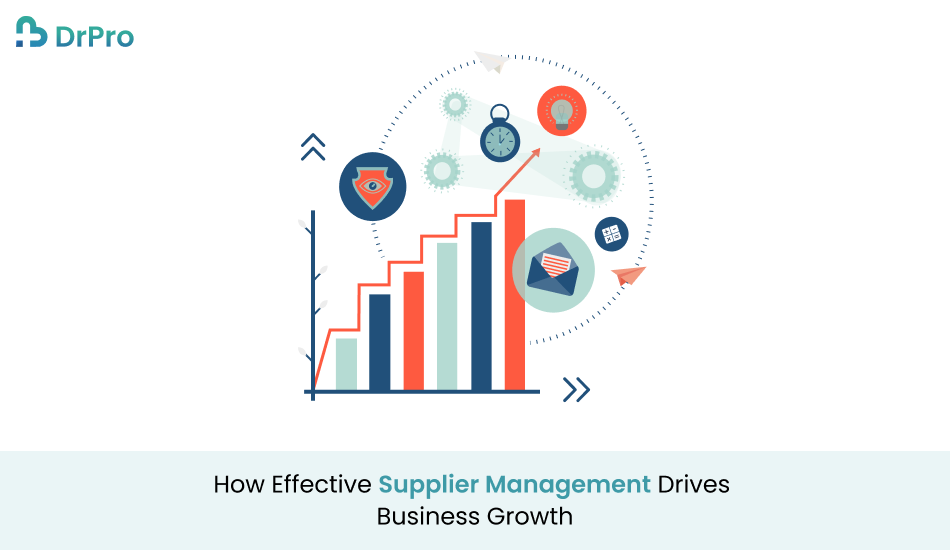Why Supplier Management Is Crucial for Business Success
The notion that a mere gourmet kitchen relies on a network of suppliers remains central in any business. Whether it is a material, service, or technology, a supplier is an important component of the value chain analysis. Without suppliers, firms can not organize themselves to be in a position to supply the demands of consumers. Maintaining these relationships can, therefore, either make or break a business, and therefore, more attention needs to be paid to this aspect. As such in this article, we are going to look at the outline of suppliers why supplier management Software is very crucial, and different ways through which business organizations can enhance the management of their suppliers. By the end of the day, you will understand why Supplier management should be a goal of any organization. How Do Suppliers Contribute to the Success of a Business? These suppliers are much more than business entities that offer goods or services. They influence the activities of a firm and the utility the firm’s produces for its customers. Here are a few key ways suppliers contribute to business success: Timely Deliveries Keep Operations Running In some or most processes, Supplier Management is required to bring stock materials, or products at a given time. When suppliers work to deadlines, organizations can continue production schedules, satisfy clients’ requirements, and avert delays. For example, a construction firm requires regular raw materials such as cement and steel to continue with contracts on hand. This means that delays may happen and will result in monetary losses as well as failure to meet the targeted time of project completion. Quality Materials Impact Final Products That is why it could be reasonably stated that the quality of a business’s products or services depends on the quality of the inputs. A clothing manufacturer with good fabric and bestselling suppliers can develop garments that customers will embrace. Then again, when firms use low-quality materials to meet efficiency demands, they will produce substandard goods that can harm the brand image. Cost Efficiency Affects Profit Margins One of the key development areas of a business is the cost structure determined by the Supplier Management. Calculation of lower production costs, particularly through strategy setting for prices and supply chain management in 2025 networks, assists the business in reducing costs thus achieving better revenues. For Instance, a small business can source very large materials at a lower cost than other businesses and then invest the profits in the growth of the business. Innovation Through Collaboration Some Supplier Management participates in the creation of new ideas by informing businesses of such technologies or solutions. For instance, a technology supplier may come up with a new release of an application that erases complexities. This can help businesses to create a competitive advantage within a particular market niche. Sustainability and Compliance Support With an increasing realization of the importance of ethical and sustainable practices to consumers and governments across the world, suppliers can assist organizations in achieving this goal. Organizations source from green Supplier Management for a better environmental footprint with customers who are becoming environmentally conscious. Supplier Management: Benefits, Process, and Best Practices Benefits of Effective Supplier Management Supplier management has a lot of significant impacts on any organization when practiced well. Here are some key advantages: Cost Savings There is a correlation between best practices of supplier management and minimizing supply costs. Employers can obtain improved conditions, economize and decrease unnecessary costs, and prevent wastage. Risk Reduction This way of working makes it possible to avoid risks in supply chain or find out that a certain supplier is not compliant. For instance, organizations that had multiple suppliers in the event of COVID-19 were in a better position to mitigate risks. Consistent Quality The key with the suppliers is that businesses ensure there is adherence to quality expectations that are required. Automated audits and feedback guarantee that Supplier Management perform the task effectively and deliver high-value material or service. Improved Collaboration This means that there should be effective communication between the companies so that they work together with the supplier. This can result in cohesiveness in finding solutions, altering a process, or arriving at organizational inventions. Operational Efficiency Sustainable supplier management brings effectiveness to production since the problems of delays, excess inventory, and improper distribution are eliminated. Organizations can phase their activities with those of suppliers; thus, eliminating issues to do with systems congestion. The Supplier Management Process is a process that is managed by this unit and involves the identification of potential supplier partners for their client, Supplier Management 2025 , and approval of the preferred suppliers by the client. To manage suppliers effectively, businesses must follow a structured process: Identifying the Right Suppliers When evaluating suppliers, one can use factors such as capability, reputation, and general compatibility with your business objectives. Sources: Look at aspects such as delivery, price, and experience in the delivery of the business. Negotiating Contracts PPCs must also indicate clearly pricing, delivery time, quality, and even penalties for failure to meet set quality standards. It is thus usually advisable for a business to have a good well-drafted contract that can develop a good foundation for successful cooperation. Onboarding and Integration After contracts are signed, set up the system of interaction and explain to the supplier how he will fit into the company processes. It can be very effective to share your expectations in terms of this and also offer any particular training or document that might be required. Monitoring Performance Sales key performance indicators (KPIs) should be used to measure the performance of suppliers. Metrics such as delivery accuracy and timeliness, quality co-consistency, and customer responses give insights for change. Continuous Improvement Continually assess Supplier Management partnerships and evaluate the possibility for optimization of function, cost, or product. Creating an environment that fosters improvement for the client and company has advantages. Best Practices in Supplier Management To get the most out of supplier relationships, businesses should adopt these best practices: Maintain Open Communication Encourage and
Why Supplier Management Is Crucial for Business Success Read More »





